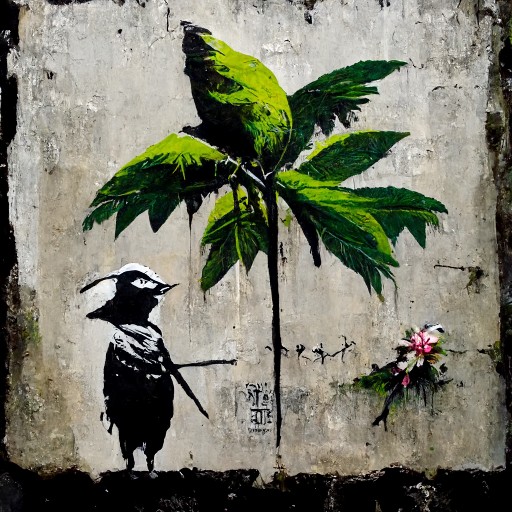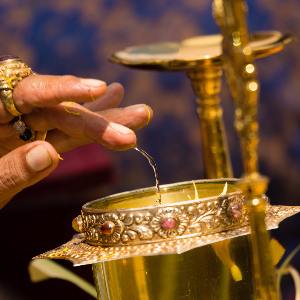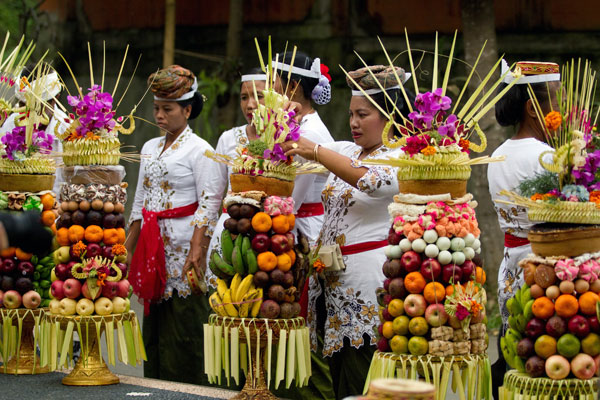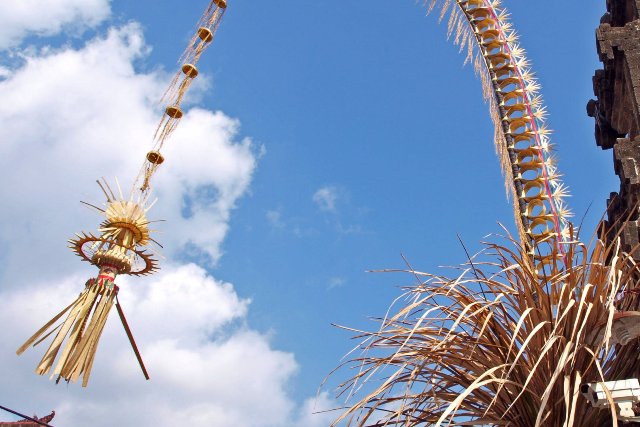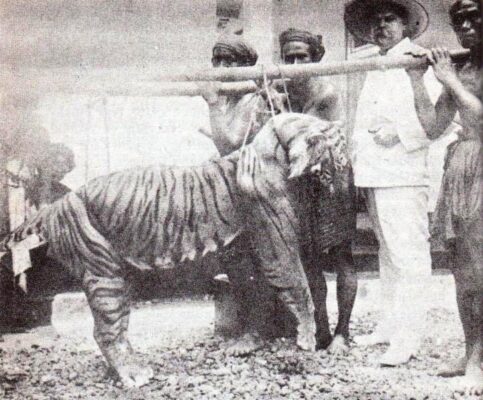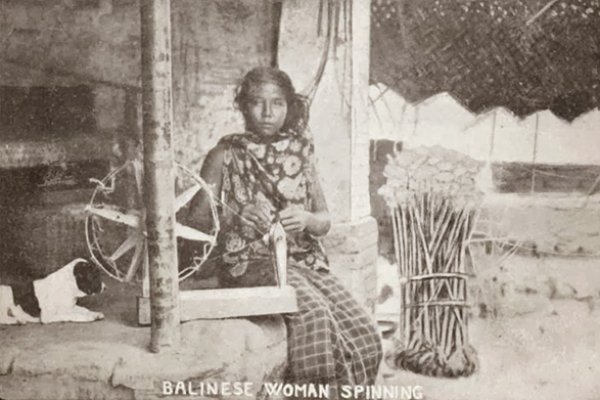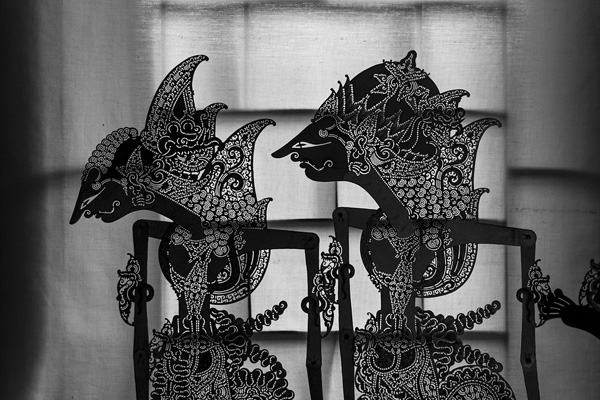Balinese Hinduism
Balinese Hindu faith is rooted on Vedic texts, ancient philosophies, and alternative lifestyles, all of which mutually support one another. To that end, Hinduism is not a dogmatic religion but rather the consequence of a spiritual way of life. Hinduism’s traditions, like the religion itself, evolve and change with time.
The introduction of Indian merchants brought Hinduism to Bali. Hinduism was maintained as the primary faith of the Indonesian people via rituals, traditions, and the arts long before Islam was ever a presence in the country. It also introduced religious concepts, myths, and stories, as evident in the many celebrations honoring the dead and the gods of various cultures. Temples in Bali follow the same architectural principles as their Indian counterparts. The Balinese word for “temple” (Pura) refers to a sacred complex that is often encircled by walls. The island is home to over 20,000 temples, each of which is dedicated to a different virtue, region, or other category.
A genuine Balinese Hindu experience is a very personal and spiritual step on the path to self-discovery. The promise of “moksa,” or ultimate fulfillment, is central (becoming one with the universe). Balinese Hinduism has its origins in the unique spiritual traditions of the Nusantara (archipelago) and the enlightenments of saints who have lived on this land for thousands of years before the nation was ever founded.
